Paris. New York. Tokyo. San Francisco. The presence of these fabled cities on well-worn maps is largely fixed, the component parts of each city rooted in place. Rarely do whole new neighborhoods emerge in these metropolises, locked in as they are by land, water, and long-established communities.
Even when a large new urban infill project emerges—such as New York’s lower Manhattan in the years following 9/11—often it stems more from a repurposing and enhancement of an existing neighborhood.
In San Francisco, though, a bold urban experiment is underway. Treasure Island, an artificial rectangle attached to a natural island, juts out of shimmering San Francisco Bay as the city’s newest urban community.
Citing a “decades-long physical transformation,” Chris Meany—co-CEO of Treasure Island Community Development, the project’s master developer—says, “With the Bay’s two iconic bridges, Treasure Island was one of San Francisco’s great 20th-century waterfront developments. It is now an exciting new neighborhood that embodies our 21st-century focus on sustainability, innovation, and community. It’s a holistic neighborhood on a grand scale.”
New neighborhood, new tools
When finished, Treasure Island and the adjacent Yerba Buena Island will be home to more than 18,000 people, making this development the largest of its kind in San Francisco over the past half century. The redevelopment of these connected islands will have 8,000 new residences; 300 acres (120 ha) of new parks, trails, and open space; scores of new restaurants, stores, and shops; a massive public art program; and a steady stream of sports, attractions, and events.
This year alone, more than 1,200 new homes opened, or their construction is nearly done. Seven new parks opened during the past few years, including Cityside Park in September. It features spectacular views of San Francisco and nearby icons such as Alcatraz, the Golden Gate and Bay bridges, and Angel Island. New roads, bike lanes, streets, and utilities have been installed, including Treasure Island’s stretch of the 500 mile (800 km) long Bay Trail, a multi-use path across nine Bay Area counties.
To accomplish all this buildout, urban planners are applying the contemporary tools of the trade: Treasure Island is a public/private partnership between the city and the county of San Francisco—represented by a 30-year-old government agency known as the Treasure Island Development Authority—and a collection of private sector investors and developers, including Stockbridge Capital Group, Lennar, and Wilson Meany in joint venture as Treasure Island Community Development (TICD). In broad terms, the master developer puts in the upfront dollars and construction work to build the massive new infrastructure and vertical development to create the new neighborhood, which reverts to city control as economic activity and people stream in, over time, to pay back the investment.
“It takes vision, flexibility, and a fierce determination to see a project like this through its many stages,” says Anne Taupier, executive director of San Francisco’s Office of Economic & Workforce Development. “Thanks to a series of committed city leaders, and TICD’s steady hand, it’s all starting to come together.”
Preparing for the future
In today’s world, a city’s economy and its housing needs are not divorced from larger tectonic concerns. Amid rapid warming of the planet, Treasure Island’s developers also baked in sea level rise protections and geotechnical improvements.
“Treasure Island is serving as a model for, and being built to, the world’s most aggressive standards of environmental resiliency,” says CMG Landscape Architecture Principal Kevin Conger, the lead designer for new parks. “Throughout the islands, there are unique combinations of amenities and environmentally sustainable features, spread out among acres and acres of open space.”
The Bay Area’s largest stormwater gardens, encompassing nearly 40 acres (16 ha), are on Yerba Buena Island. Cityside Park, directly facing San Francisco’s iconic skyline, combines a great lawn for public use with acres of surrounding rain gardens. The northern tip of the island is to be transformed in ways that nod to how nature can help protect the site from sea level rise.
“A large, landscaped park and tidal marsh will allow floodwaters to enter and be absorbed, while supporting wildlife, providing public access, and lessons on climate adaptation,” says Conger. “It addresses multiple needs at the same time.”
Treasure Island’s overall sea level rise plan applies an adaptive strategy that combines raising the isle’s elevation, creating setbacks and buffer zones, and using open spaces to absorb potential flooding. The strategy also allows for adjustments as projections for sea level rise evolve.
Meanwhile, a region that largely abandoned water transportation in the late 1930s may soon find new inspiration in Treasure Island’s ferry system. A roughly eight-minute ferry ride to or from downtown San Francisco docks at a new terminal on the western edge of Treasure Island. Battery-powered and hydrogen-powered passenger ferries are being tested for introduction on a large scale.
Always on the cutting edge
This kind of forward thinking is fitting for San Francisco, and for this particular outpost on the Bay. Treasure Island’s history is built on visionary thinking, including the bold idea to construct the island itself.
It started in 1933 as an engineering marvel when the U.S. Army Corps of Engineers built atop sand shoals protruding from Yerba Buena Island (a natural island located at what is now the center of the Bay Bridge) to create a host site for a World’s Fair that was dubbed the Golden Gate International Exhibition. At this time, Treasure Island got its name, courtesy of a publicist inspired by Robert Louis Stevenson’s novel.
That 1939 World’s Fair was an engineering showcase for the region’s two newly built bridges—the Bay Bridge in 1936 and the Golden Gate Bridge in 1937. That era’s global tumult, however, would soon shake things up even more intensely than the Great Earthquake that opened the 20th century in San Francisco.
During World War II, the Navy designated the conjoined islands as Naval Station Treasure Island to support U.S. war efforts. Known as the “Gateway to the Pacific,” Treasure Island served as a transfer station for as many as 12,000 soldiers a day on their way to the Pacific Theater. It was home to blimps, dirigibles, and seaplanes.
The military decommissioned the base in the late 1990s. As part of the federal Base Realignment and Closure process, jurisdiction of Treasure Island and Yerba Buena Island transferred to the city in 1997. Since then, fewer than 2,000 residents dwelled in the crumbling former Navy housing on Treasure Island.
Now, after almost two decades of planning and building of vital new infrastructure, Treasure Island’s next chapter has new challenges to address, including a critical shortage of affordable housing. In 2023, California imposed aggressive housing goals on every city and county in the Golden State; San Francisco’s mandate is a whopping 82,000 new units of housing by 2031. At buildout, Treasure Island will deliver the single largest contribution to San Francisco’s housing goals of any neighborhood in the city.
Tomorrow’s homes, today
New condominiums, apartments, townhomes, and homes are now open and available to rent or purchase on both islands. On Treasure Island, residents are moving into the towering 22-story Isle House (250 homes) and the sleek, adjacent Hawkins (178 homes). On their heels will come 490 Avenue of the Palms (148 condominiums), opening in January. Elegant modern condos and townhomes dot the steep, picturesque hillsides of Yerba Buena Island, where the Bay Bridge’s two sections connect through what was once the largest bore tunnel in the world.
“A 21st-century neighborhood must also represent 21st-century values,” says Meany. “That means creating a new neighborhood at all income levels.”
More than 27 percent of Treasure Island’s entire housing stock will be permanently affordable (below market rate). Treasure Island’s proud military heritage is honored by Maceo May, a community run by Swords-to-Plowshares and featuring 105 apartments that house formerly homeless veterans.
“A diverse, equitable, modern, innovative, resilient new neighborhood is emerging in the middle of beautiful San Francisco Bay, unlike anything that came before,” Meany says. He adds, “And unlike anything else filling in the urban landscapes of the world’s great cities.”
Once the “Gateway to the Pacific,” Treasure Island is now a gateway to innovations in urban living.

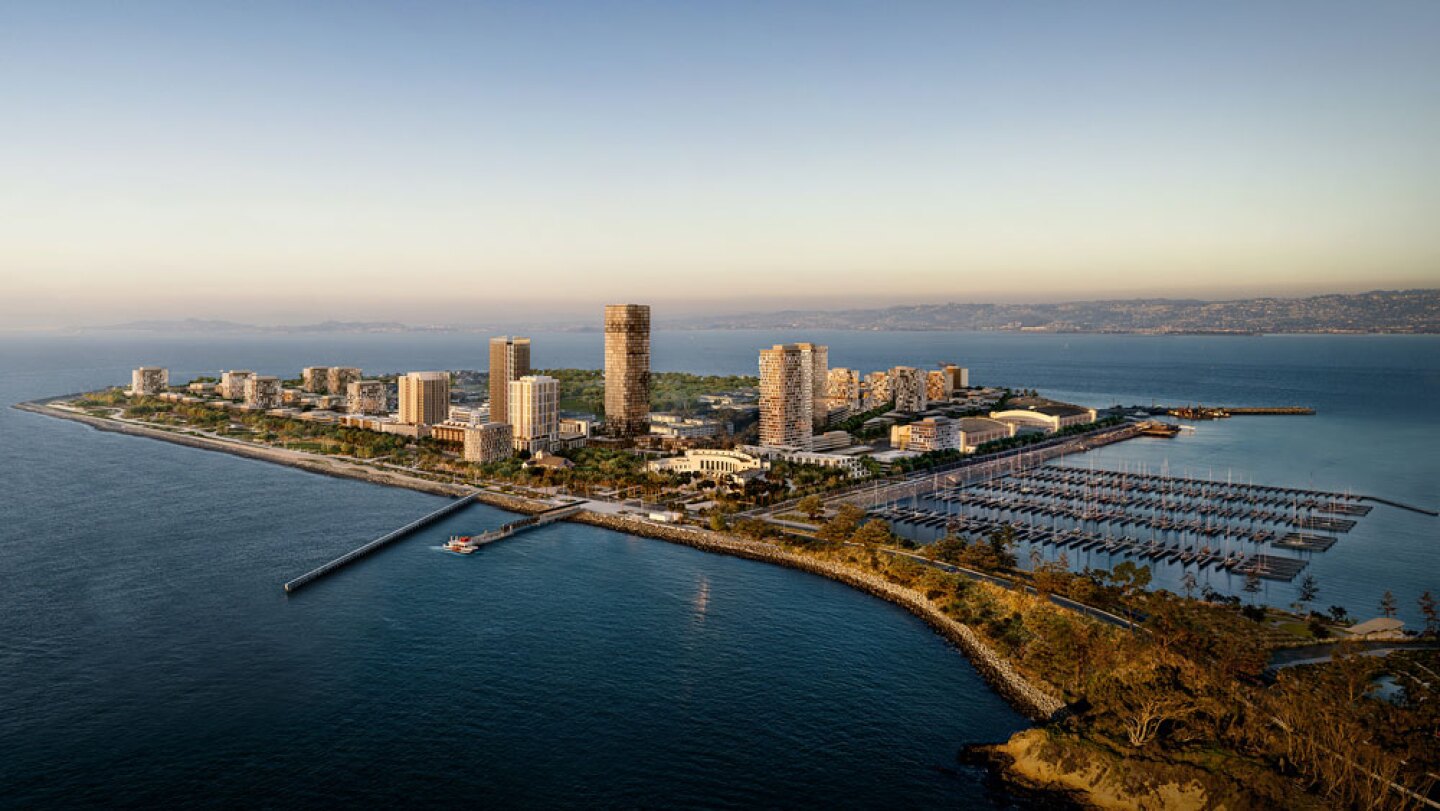
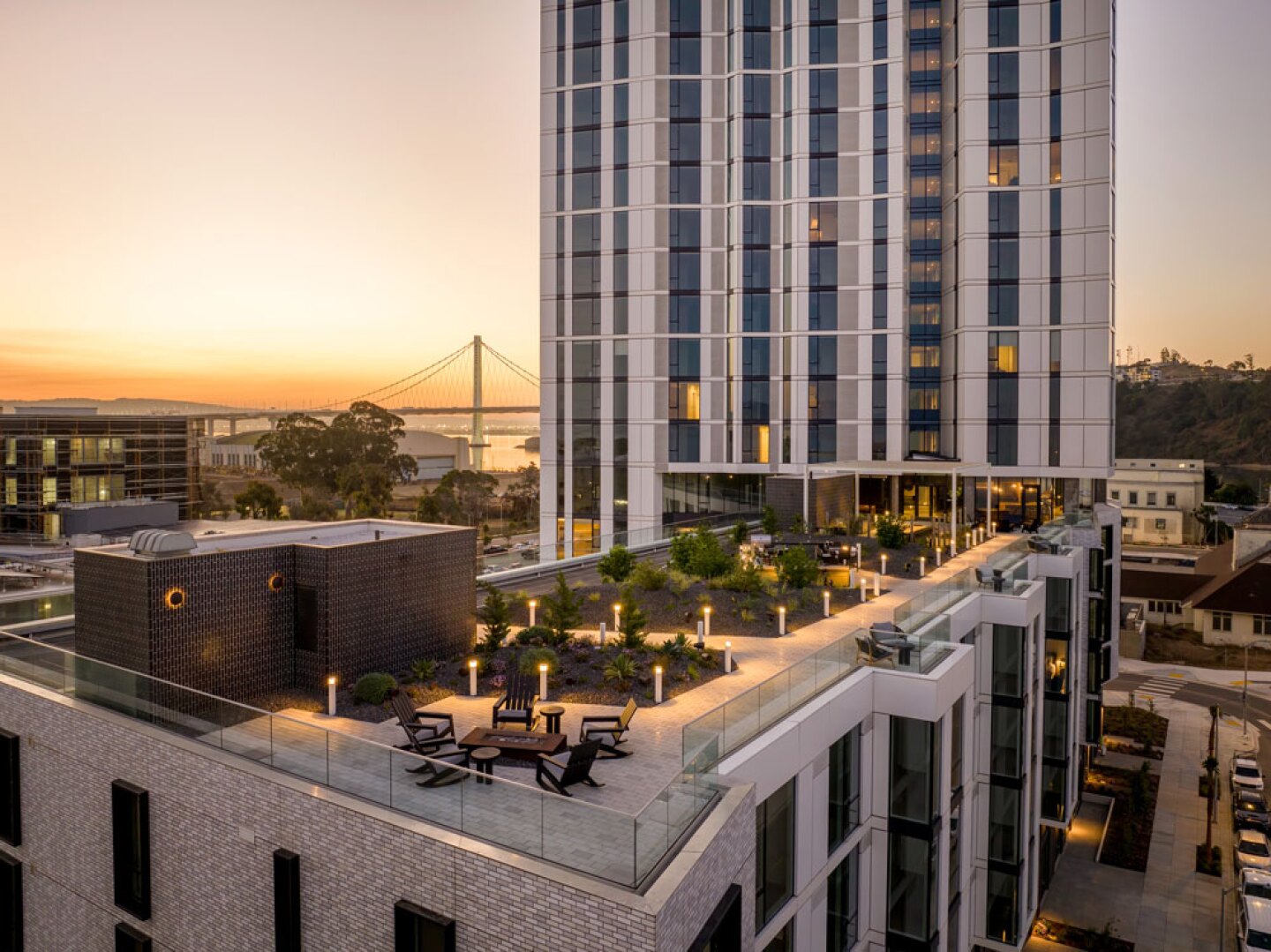
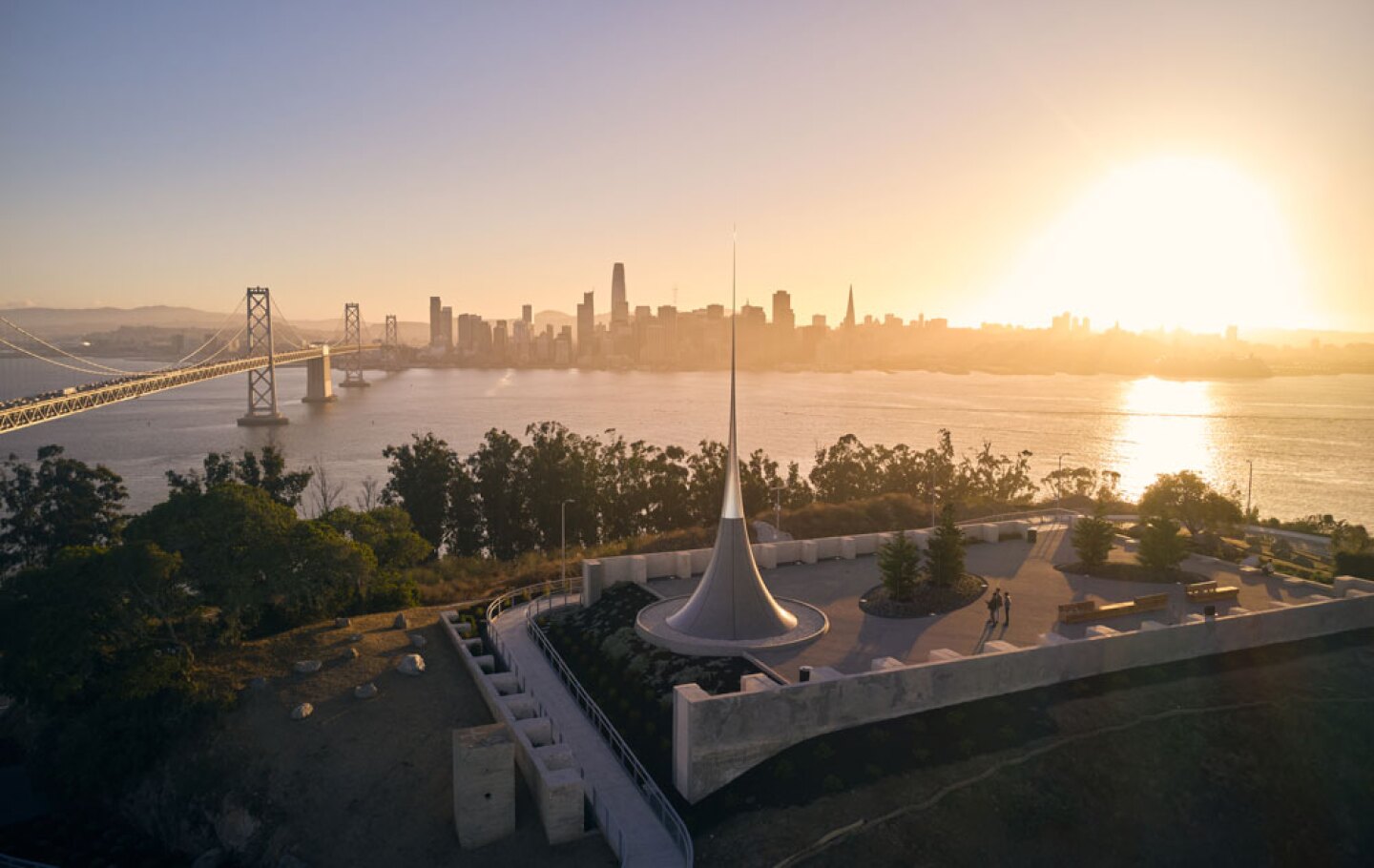
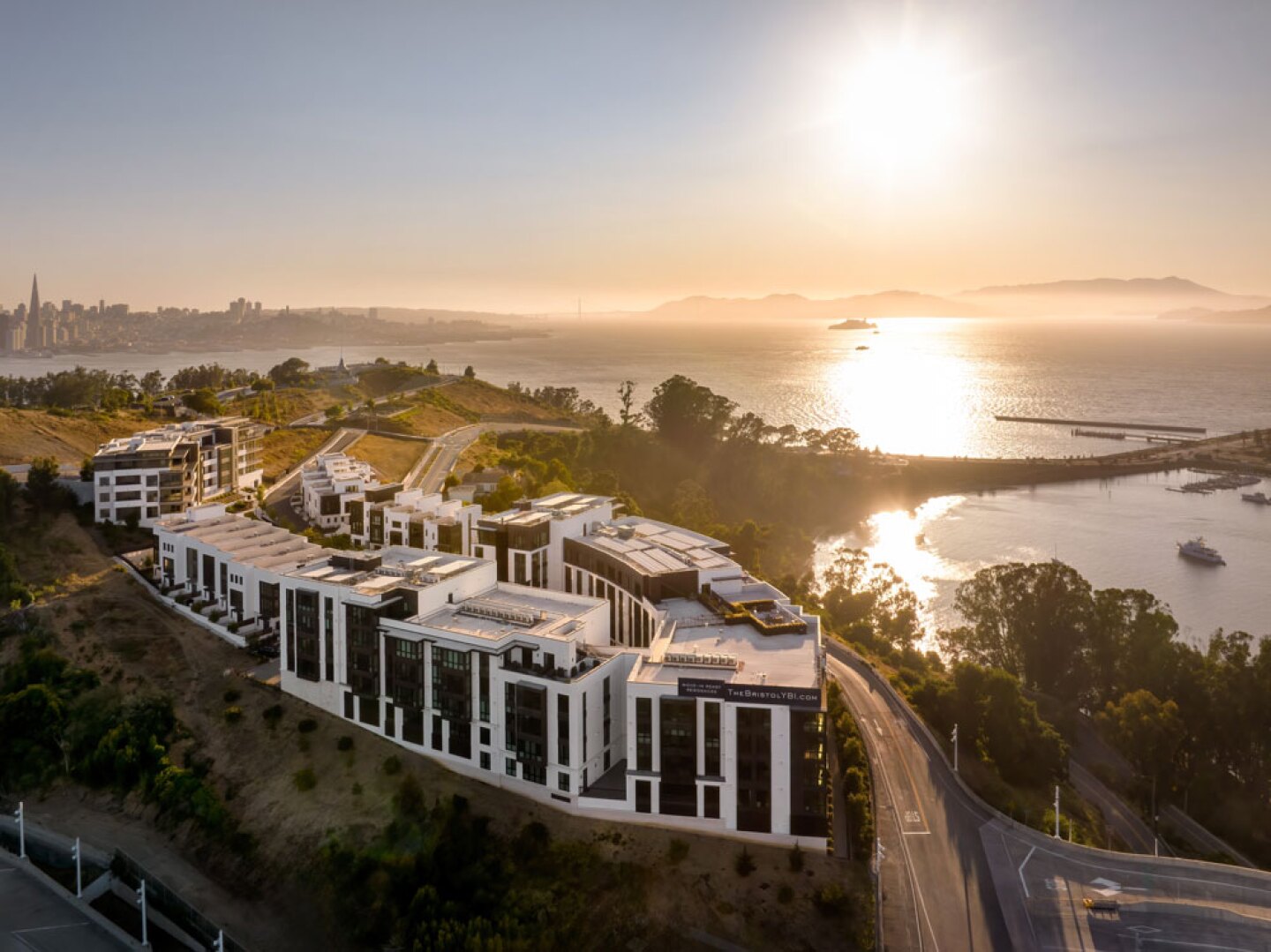


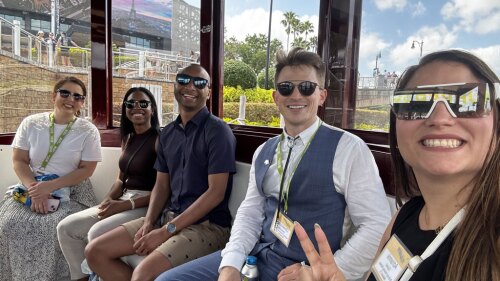
![20250517 PW - SAC Health - 02 web[1].jpg](https://cdn-ul.uli.org/dims4/default/43570aa/2147483647/strip/true/crop/2500x1405+0+130/resize/500x281!/quality/90/?url=https%3A%2F%2Fk2-prod-uli.s3.us-east-1.amazonaws.com%2Fbrightspot%2F07%2F06%2F6a84cb3148b78f5e1c660a2877a9%2F20250517-pw-sac-health-02-web1.jpg)